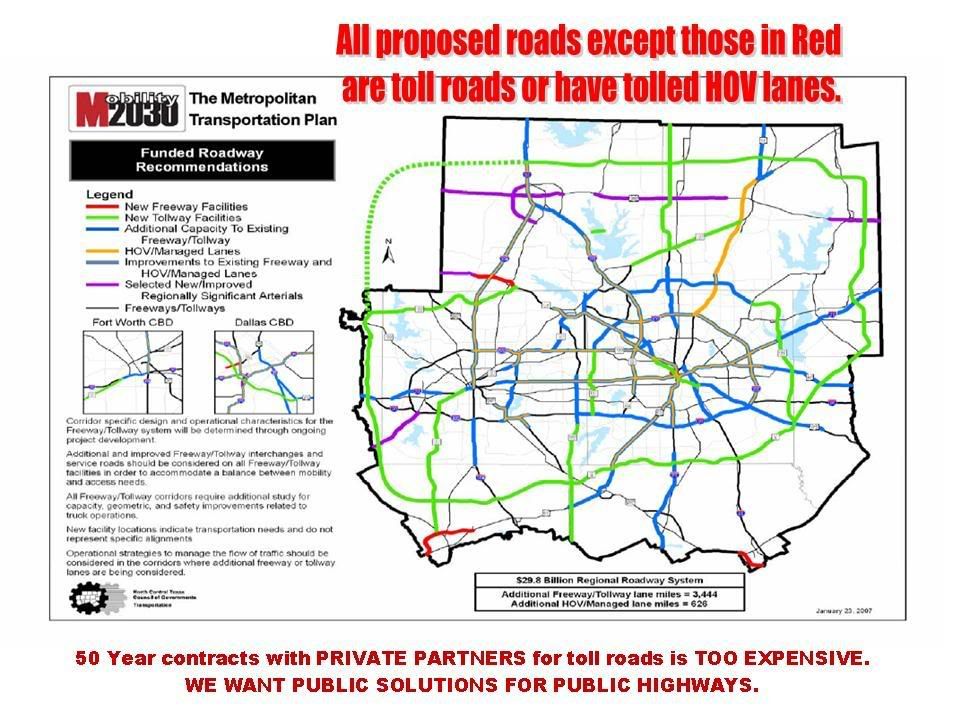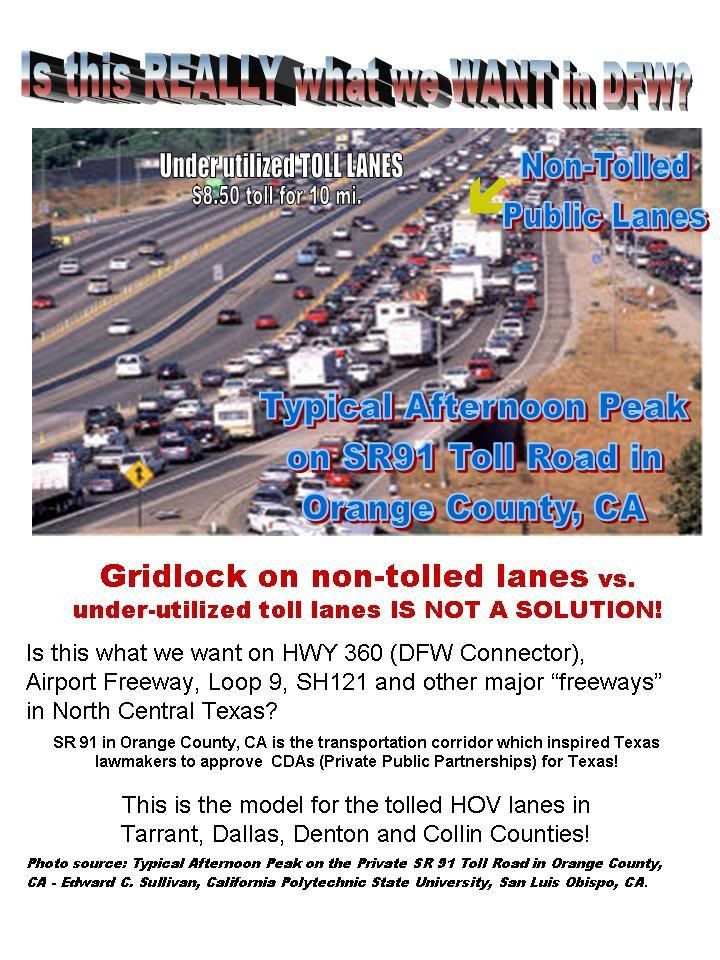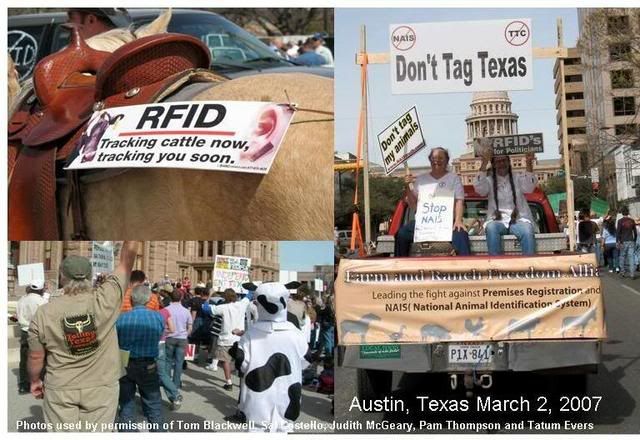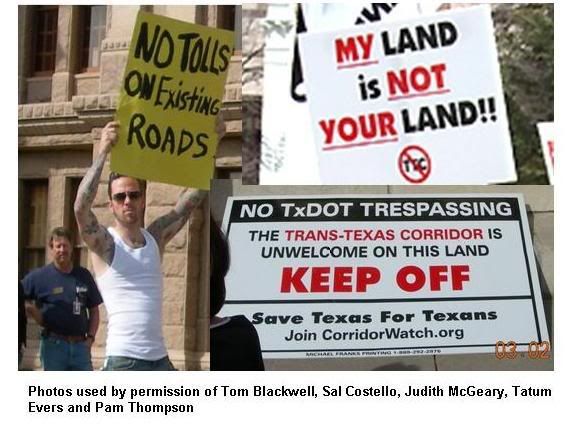http://business.brisbanetimes.com.au/business/battered-n-bruised-20090227-8kbl.html
Battered 'n' bruised
While no one is game enough to predict Macquarie's demise, the global economic downturn is forcing the group to rethink its famed business model, writes Lisa Murray.
Indiana Governor Mitch Daniels basked in the applause as he entered a room full of state officials and reporters to officially announce the close of the state's $US3.8 billion toll road privatisation.
It was June 29, 2006, and Daniels had received the final payment from Macquarie Infrastructure Group and its Spanish partner, Cintra, which had taken over a 75-year lease on the Indiana Toll Road, the so-called "Main street of the Midwest".
Daniels was confident the deal would turn around the state's financial fortunes and he had big plans for the proceeds.
But he was not the only one celebrating.
In Sydney, Macquarie Group executives were riding high. Not only did its investment bankers just rake in $US32.6 million in fees but the group had also officially cracked the elusive US infrastructure market. The Indiana transaction followed deals to buy Virginia's Dulles Greenway and the Chicago Skyway, which was the first US road privatisation.
Together, the three infrastructure plays had netted Macquarie $US74.7 million in advisory and debt arrangement fees and had substantially boosted the assets under management of its biggest fund, MIG. That meant higher management and performance fees for Macquarie.
The stage was set for more deals to come. Despite a public backlash against selling off state assets, Daniels's counterparts, from New York to Alaska, were lining up to flog their roads and bridges to the highest bidder. What had started with a small motorway in north-western Sydney was working its way across the world's biggest economy. The "Macquarie Model" had arrived in the US.
It's a well-told story. Macquarie became a global brand buying up toll roads, ports, airports, car parks and water companies around the world, at times paying over a billion dollars more than the next bidder. The assets were piled with debt, often up to 85 per cent of the purchase price, and then rolled into listed and unlisted funds, which paid Macquarie advisory, management and performance fees. Yes, the group still had its traditional trading, funds management and banking businesses but it was the specialist infrastructure funds which put it on the map and drove earnings growth to dizzying levels.
However, the world changed in September last year, with the collapse of US investment bank Lehman Brothers, which ended any hopes that the subprime mortgage crisis would blow over.
Funding dried up, asset valuations started plummeting and debt became a dirty word, leaving the "Macquarie Model" all but dead and its management team scrambling to avoid disaster.
The US roads, a cause of so much celebration 2½ years ago, are struggling to repay their debts and Macquarie's share price, held hostage to a market awash with capital raising rumours, slumped this week to its lowest level since June 1999.
It is not just day traders and rumour mongers selling the stock; long-term investors, including its biggest US shareholder, Capital Group, have been abandoning ship. The shine has well and truly come off the silver doughnut.
"The strategy of buying an asset and gearing it up to generate returns - that game is clearly up," says Perpetual Investment's head of equities, John Sevior. Perpetual does not own any shares in Macquarie or its satellite funds. "It's an opaque business and it's very hard to understand the level of gearing. The gearing in the group is above our level of tolerance."
Copycats Babcock & Brown and Allco have already disappeared under a mountain of debts. While Macquarie's balance sheet is strong - thanks to a government guarantee on wholesale funding for banks, which has allowed it to raise a whopping $12 billion in offshore markets in just over two months - its satellite funds are struggling. Macquarie's Australian-listed infrastructure funds have had more than $12 billion wiped off
their market value since the start of last year. The local real estate funds have lost a further $5.6 billion.
Total losses for shareholders in the funds over the past 12 months range from 52 to 91 per cent, compared to a 37 per cent drop in the market's main index.
MIG's chairman, Mark Johnson, a former senior executive and deputy chairman of the group, says he "can't understand why prices have been marked down so savagely".
But he acknowledges the "Macquarie Model" will need to change. "Inevitably it must change quite radically because we are seeing the biggest crisis in credit markets since the 1930s," he told the Herald.
"Investors want certainty of survival. Anything that has high leverage is seen as risky and not what investors want. The flagship funds are under great pressure to adapt and to convince investors that their survival is assured and they are appropriate investments."
It was a bad news week for Macquarie. MIG announced that traffic had slumped on the Indiana Toll Road and Dulles Greenway in the US and they were using all available cash to pay back debt. It also wrote down its investment in the San Diego South Bay Expressway from $133 million to $11.6 million.
Macquarie Airports, meanwhile, was forced to dump a share buyback so that it could tip equity into Sydney Airport for the second time in three months to ease its debt burden and Macquarie's media fund, MMG, wrote down the value of its US community newspaper group, American Consolidated Media, by $127 million. Macquarie CountryWide and Macquarie Office Trust have sold US properties to pay down debts, MIG sold part of its stake in the M7 tollway to prove to the market how much it was worth and shore up its balance sheet and MMG slashed its dividend by more than three-quarters.
All of this means fewer fees for Macquarie and more write-downs on its stakes in the funds. The group has already announced an estimated $2 billion of total write-downs for the year to March 31 and it expects to report that profit has halved to $900 million. That is not a bad result given that almost no other investment bank in the world is in the black.
Even so, these debt issues hang over Macquarie as does the March 6 deadline for Australia's short-selling ban, which many believe kept the hedge fund managers at bay at a crucial time for the group. Those same hedge fund managers will no doubt be furiously running the numbers over Macquarie in the coming weeks, ready to pounce on any signs of weakness should the ban be lifted. Even with the ban in place, Macquarie was bruised and battered this week and forced to deny it had any plans for a capital raising.
But the problem for Macquarie is that varying degrees of disclosure among its many funds make it difficult for the market to understand the businesses and their debt positions and how they relate to the group.
That allows rumours to run wild. No one really knows how much debt is held across the group, but some analysts estimate it is more than $160 billion.
Jim Chanos, the president of the US hedge fund Kynikos Associates - who became famous for his early warnings on Enron - has been a vocal critic of the Macquarie Model. He says the model gave the group incentive to overpay for assets because the shareholders in the funds picked up the tab while Macquarie's fees were based on the size of assets under management. The higher the price, the bigger the assets under management, the more lucrative the fees.
Macquarie funds and their co-investors paid over $1 billion more than the next bidder for both Sydney Airport and the Chicago Skyway.
While assets in its funds are struggling with debt payments, there is no doubt Macquarie has always been very good at protecting the bank. Debt is held at the asset level. That means it is non-recourse to the funds, let alone to Macquarie, a clever strategy that essentially ring-fences any problems.
But it is not that simple. As one insider says, if an asset were to fail, while Macquarie may not be obligated to come to the rescue, the reputation risk would be "enormous". Taking action, on the other hand, could spook investors and affect its credit rating.
"At some stage, if a significant fund was in major strife, Macquarie might take the view that they need to protect the franchise," says Sharad Jain, a credit analyst at Standard & Poor's. "That would be a change in financial policy and we would need to consider that at the time as it is outside our expectations."
Macquarie says that will not need to happen as none of its funds is in "major strife". It has already managed $3 billion of refinancing since September. And in terms of its four main listed infrastructure funds, there is no outstanding refinancing for this year and only 12 per cent of debt needs to be refinanced over the next three years. But there are clearly some assets that are stretched.
MIG said at its results this week that the Indiana Toll Road had a debt service coverage ratio of just 1 times. That means that all of its operating income is being swallowed up by debt payments and is a concern given that traffic on the road, a mostly commercial toll road that runs 253 kilometres across northern Indiana, fell nearly 15 per cent in the last half. The ratio for Virginia's Dulles Greenway is 1.1 times.
Chicago Skyway's debt service coverage ratio was a more encouraging 2.1 times. However, a look at its 2007 full-year accounts, the latest available, shows the asset had total long-term debt of $US1.55 billion.
It reported revenues from its toll roads of $US53 million for the year, operating income of $US18 million, while its interest expense was $US95 million.
MIG argues that the US roads make up just 11 per cent of its portfolio by valuation. And it is important when looking at a single asset to keep it in perspective in terms of the size of the fund and the overall group.
"A number of these roads either have already, or will shortly, introduce scheduled toll increases which will see continued revenue grow and the debt service coverage position improve," an MIG spokeswoman said.
Andrew Chambers, from Austock Broking, is less optimistic. But he says the US roads are a small part of MIG's business.
"The US assets are clearly struggling and the outlook is not good but you don't own MIG for the US roads, you own it for its toll roads in Canada and France, which are very good assets."
In the past, sceptics of the "Macquarie Model" said higher interest rates would bring it undone. But the group argued that interest rates typically rose in line with inflation and higher inflation would mean increased tolls on its roads, airport charges and parking fees. As such, the higher revenue would be a natural hedge against rate increases.
But the current situation is different.
Debt is more expensive not because of interest rates, which are falling, but because people are placing a higher value on risk. So the margin that lenders are charging on top of the cash rate, to make it worthwhile for them to take on the risk, has increased.
At the same time, the slump in economic growth means it is harder for Macquarie to raise tolls, water rates and airport charges to offset the increased cost of its debt.
MIG's Johnson says there are no "life-threatening problems" in the funds or at group level.
"Macquarie's balance sheet is very, very sound," he says.
"The question mark is over the earnings trend for the next two or three years, but I think they are very well placed to benefit from the recovery."
Macquarie plays down the significance of the specialist funds business. But it still accounted for 20 per cent of Macquarie's income in the year to March 31, 2008, and just over a quarter of total advisory fee income came from work on the funds, according to its results presentation. Some analysts claim that number might be higher, depending on what you include.
The corporate governance group RiskMetrics calculated that in the three years to 2006, Macquarie's three biggest Australian-listed infrastructure funds - Macquarie Airports, Macquarie Communications Infrastructure Group and Macquarie Infrastructure Group - handed over more than $1.15 billion in fees to the group.
So there will clearly be earnings pressure as those fees drop and in some cases disappear. Despite these concerns, no one is game enough to predict Macquarie's demise. And in fact some even expect the group will thrive in a market where almost every company in the world will go through a restructure.
They've done it before.
Two of the group's business-transforming transactions took place after times of crisis. Macquarie bought its fiercest local competitor, BT Australia, in 1999 after the Russian debt crisis. And in 2004, as Asia was recovering from its financial crisis, it picked up the ING cash equities business in the region.
"Investors will make a fortune out of the recovery and Macquarie is best positioned to do that," one former executive says.
"They have lots of capital, they're smart and they still have a very diverse business. They will ride this out."
While Macquarie's business will change dramatically, Perpetual's Sevior says the bank is unlikely to go the way of its imitators. "They have shown an ability to remake themselves in different cycles in the past but it will be a very difficult environment this time around."
Rob Patterson, the managing director of Argo Investments, a top 20 shareholder in Macquarie, says the group has "done exceptionally well relative to all of their peers in a very difficult environment".
He dismissed any comparisons with Babcock & Brown, noting that Macquarie was a more diversified business, with well-established stockbroking, funds management and private banking arms.
Macquarie's debt is also less concentrated and longer dated (Babcock was mainly relying on one single $3.1 billion debt facility.) And it is widely regarded to have better risk management processes in place.
"B&B is a one-dimensional fund manager and a very different organisation," says one former executive director. "It's like comparing a pushbike to a Rolls-Royce."
Another important distinction between the two is that Macquarie owns a bank.
That means its banking arm is regulated by the Australian Prudential Regulation Authority and it has minimum capital requirements. It also means that the bank has access to funds that other investment houses never had because of the government guarantee scheme introduced in November.
Basically, the Government is handing out its AAA credit rating to Australian banks in return for a fee, allowing them to raise long-term money offshore. Macquarie has raised $12 billion since mid-December in Japan, the US, New Zealand and Australia.
"Macquarie has been one of the most active users of that scheme," said S&P's Jain, adding that the raisings had allayed some concerns the agency had about Macquarie, when it slapped a negative outlook on the group's rating last September.
Macquarie's retail deposits have also benefited from the government guarantee, rising to $18.1 billion at the end of last year, from $13.2 billion at the end of March.
Macquarie executives, including the chief executive, Nicholas Moore, declined to be interviewed.
In response to emailed questions, a spokeswoman for the group said it was "well-funded before the guarantee and has continued to improve its funding position".
She also denied speculation that the group was looking at selling its underperforming property business and talked up potential acquisition opportunities, noting Macquarie's recent acquisition of the US gas trading business Constellation Energy. On the infrastructure side, Macquarie sees more growth in unlisted funds and says governments are likely to turn to the private sector for infrastructure investment in the downturn.
If Macquarie wants to get retail investors interested in listed infrastructure funds again, they would have to be radically different to the funds of old, with reasonable fee structures and transparent corporate governance guidelines.
"It's a new era where investors are much more fee conscious and much more cost conscious," says Hugh Giddy, the managing director of the fund manager Cannae Capital Partners.
"There's a revulsion against greed. The social mood has changed. Investors are saying we need independent directors to say that Macquarie doesn't get to do all of the debt arranging and corporate advice.
"This is more than a cyclical change; it's a structural change in terms of their ability to run their model."




